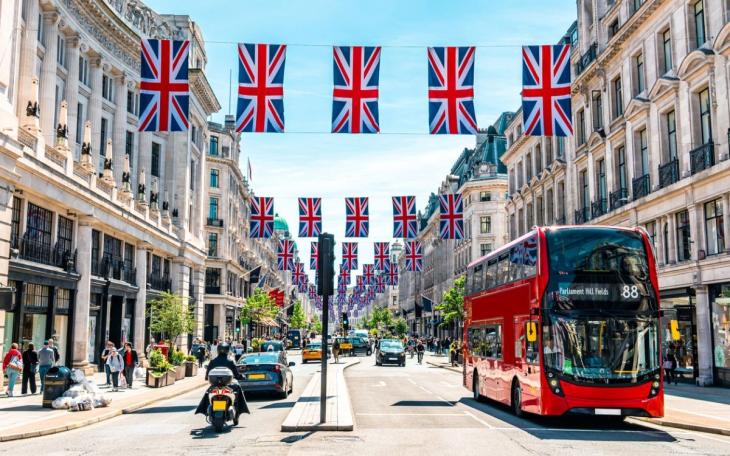ULEZ: A breath of fresh air?

In last year’s local elections, the Conservatives were pushed to the fringes in London: Wandsworth, Westminster and Barnet all fell to Labour, leaving Kensington & Chelsea as a lonely blue island in an otherwise largely red sea extending across the centre of the capital and beyond.
Next year, the London mayoralty and assembly elections will be held. Notwithstanding a political earthquake, Sadiq Khan will be Labour’s ultimately successful candidate while the Conservatives still need to pick from one of many potential (but largely unknown) candidates currently setting out their stall. Khan’s record on affordable housing delivery is good and his rhetoric on both migration (for) and Brexit (against) plays well to his metropolitan audience; his frequent pops at central government over transport investment are met with quiet approval. It’s hard to see any real change in voting patterns, with the Conservatives reduced to shoring up their supporters in the outer ring of the donut.
This provides context to the current political row absorbing the capital which may have many scratching their heads. Following last month’s local elections, which saw many Conservatives outside London add the prefix ‘Green’ to their profiles, the capital’s Tories are, by contrast, actively opposing the mayor’s proposed extension of the Ultra Low Emission Zone (ULEZ) to the outer boroughs and have gone to court in an attempt to stop it.
ULEZ, introduced to clear up London’s air, covers everywhere inside the North and South Circular Roads. There’s a daily charge to travel in the zone if your vehicle fails to meet the emission rules and the plan is to extend that across all London boroughs from August this year.
The argument in favour is compelling: road transport is the single biggest contributor of nitrogen dioxide and particulate emissions in London, which account for almost half of the air pollution. Air pollution then increases the risk of asthma, cancer, lung disease and dementia. Since ULEZ was introduced in 2019, nitrogen oxides have reduced by 46% in central London and 21% in inner London. Now, the highest number of deaths related to air pollution occur in outer London.
Hard to argue against? The Conservatives are giving it a good go. Eschewing health concerns, they have instead focused on the cost of compliance, arguing that it will harm trade, put local companies and high streets out of business and leave the elderly trapped at home.
But it’s a specious argument. 9 out of 10 cars and 8 out of 10 vans observed driving on the roads in outer London already meet the ULEZ criteria and, frankly, if a business relies on old or heavily polluting vehicles to turn a profit, they’re unlikely to have a sustainable business model in the first place.
Five Conservative boroughs in the capital have sought a judicial review, claiming that Sadiq Khan’s plans to extend ULEZ are illegal. They’ve been given the green light to proceed with their challenge but the likelihood is a delay in its implementation rather than abandonment entirely. The mayor, for his part, has described the legal action as ‘party politics’, while noting that 4,000 Londoners die prematurely each year from air pollution.
Nevertheless, leaving nothing to chance, Khan has announced a big expansion to the £110 million scrappage scheme in recent days. Grants to scrap non-compliant vehicles will now extend to all families who receive child benefit, all businesses with under 50 employees, charities and care workers. This follows gentle nudging from Labour councils and MPs on the fringes of the current zone.
Are there any winners here? Not political ones: Khan, while burnishing his green and good credentials within his existing base hasn’t made many friends for Labour in the Conservative outer boroughs and has given Labour on that outer fringe a wobble; the Conservatives are shoring up support in their heartlands too but at the expense of any claim to be ‘green’. Let’s just hope that the 500,000 Londoners with asthma have something to cheer about when the expansion inevitably takes place








